I'm an electronics student.. while reading the operational amplifiers in detail, I came across the word "internal compensation" in the summed up features of an op-amp. please give me the detailed explanation of this feature.
2 Answers
Frequency compensation of a multi-stage amplifier is frequently necessary to prevent oscillation when feedback is applied. Op-amps are often intenaly compensated for unity gain (worst-case) by inserting a dominant pole at a low frequency such as 10Hz. Sometimes they are compensated for a minimum gain that is higher than 1, 5 or 10, for example, which allows better performance, provided you always need a gain that is that high. The size of capacitor required (maybe low double-digit pF) can be made on the IC with little trouble.
Uncompensated amplifiers have an external RC network or two that can be optimized for the situation. They used to be quite common (eg. LM709) but are relatively rare these days.
Here is the internal circuitry of the LM324 (one amplifier, simplified) showing the compensation capacitor Cc.
And the LM709, showing the external input and output compensation networks for unity gain.
As you can see, there are no capacitors on the chip:
More mathematics here. Google op-amp frequency compensation for much more information.
- 376,485
- 21
- 320
- 842
-
3That acc04 paper is very nice. – gsills Dec 17 '15 at 00:58
Assuming you've already studied the internal schematic of the classic 741 op-amp, you already know the major internal blocks are a differential-to-single-ended input stage (differential pair fed by current source), a common-emitter amplifier stage, and an output driver stage. The internal compensation is a small negative feedback capacitor within the common-emitter amplifier stage. If you refer to TI LM741 datasheet, 7.2 Functional Block Diagram, the internal compensation capacitor is C1 30pF near the center of the schematic. (Note: TI's block diagram has an error, they have two transistors labeled Q15 and one unlabeled transistor.)
The purpose of this internal compensation is to reduce the open-loop gain at higher frequency, so that there will be less than unity gain at the frequency where the phase shift becomes 180 degrees. This is a heuristic to help ensure that there is sufficient phase margin to avoid oscillating, when the op-amp is externally configured as a unity-gain amplifier.
This is also a marketing feature for the IC manufacturer. They can make one version of the op amp that has internal compensation, for customers who care about unity-gain configuration. Then they also make a slightly different version that does not have the internal compensation, and thus will not be unity-gain stable. However the "uncompensated" op-amp will be stable at some minimum gain, for example 2V/V or 5V/V -- this will be specified on the data sheet.
-
Are there cases where internal compensation does something that external compensation can't do? – endolith Apr 08 '16 at 21:35
-
1Yes: internal compensation makes the op-amp **easier to use**, especially for novice designers, because it is unity-gain stable. Horowitz & Hill's *Art of Electronics* introduces ideal op-amp heuristics first (pg 176), then derives the various feedback equations (pg 177-188). If the op-amp is unity-gain stable, that's pretty much all you need. Otherwise you'd need a Bode plot of the op-amp's open-loop gain and phase shift vs frequency, since phase shift is the actual problem which must be compensated. AoE doesn't really delve into the compensation issue until much later (pg 243-248). – MarkU Apr 10 '16 at 08:45
-
Well yes I know it makes it easier to use, but I'm trying to learn the harder-to-use parts. :) Is it possible to use an uncompensated amp in any circuit that a compensated amp can be used? – endolith Apr 10 '16 at 16:13
-
1I suppose It should be possible to modify any opamp based circuit to accommodate an uncompensated or decompensated opamp, as long as you add the required compensation. Art of Electronics does have a much more detailed explanation of how to address compensation, more than I can go into here. – MarkU Apr 10 '16 at 19:16


